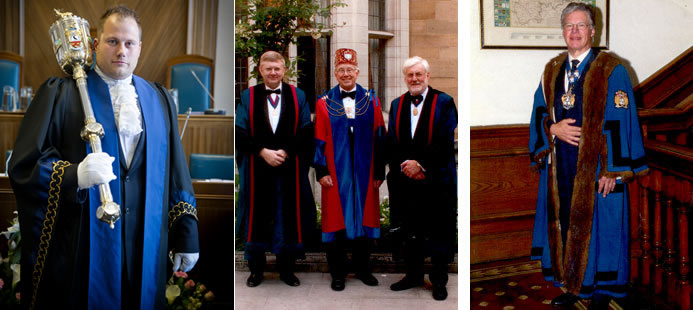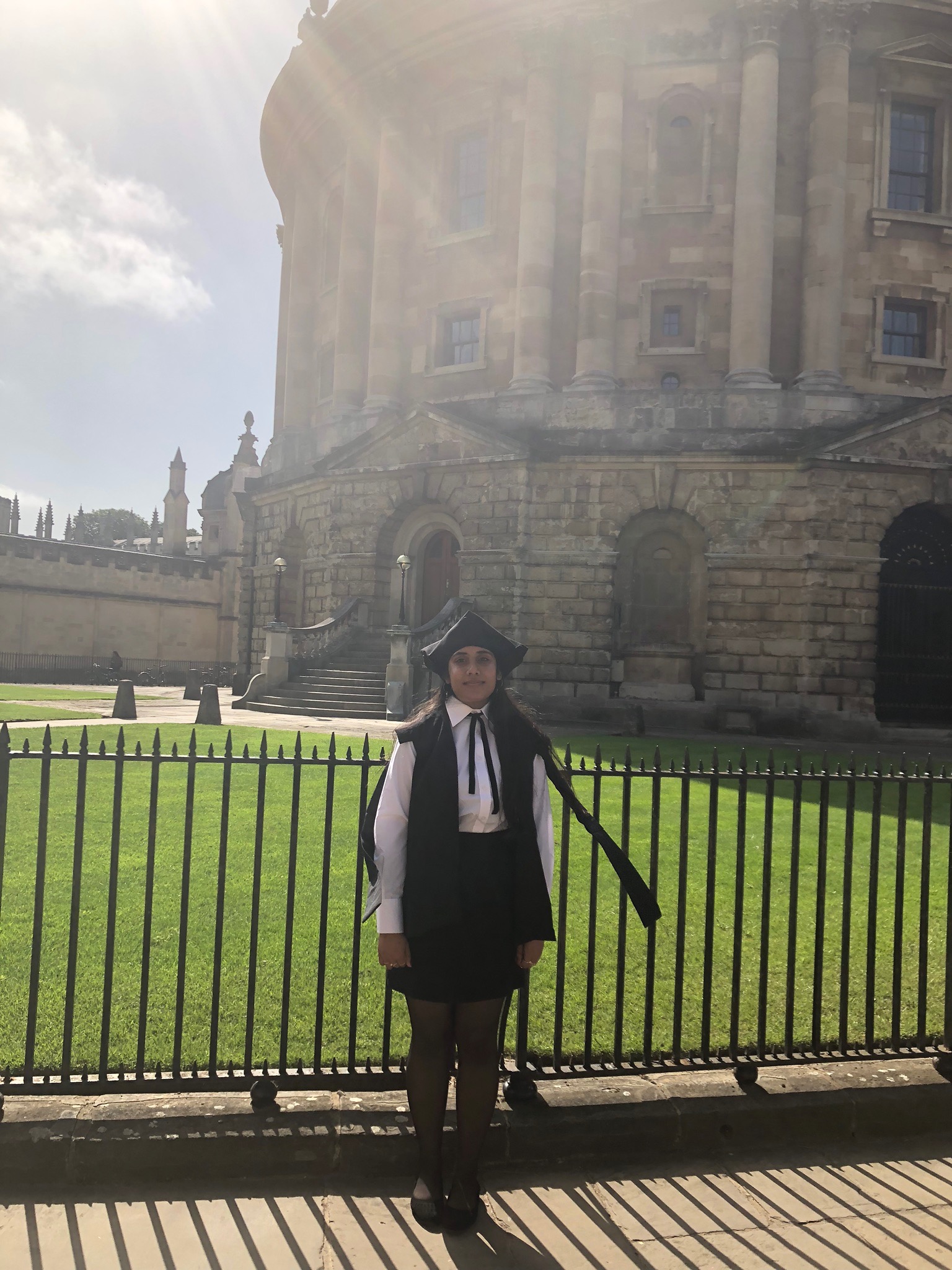Matriculation is the formal process of enrolling at the University of Oxford to begin studies.
It signifies the entry to the university and your commitment to them.
At the University of Oxford, the matriculation ceremony is another one of the many traditions that it continues to uphold, and the charm emanating the event is accentuated as hundreds of freshers don their formal academic dress to meet in the iconic Sheldonian theatre, built in 1669.
What do you wear for the Matriculation ceremony?
At Walters we have everything in one place that you will require for your matriculation ceremony, and we want to help make the process as seamless as possible, so please do visit us in store for all you need, and we will be on hand to help. We do suggest you purchase your academic dress as it will need to be worn on multiple occasions, but we do also offer a hiring service should you wish to keep your wardrobe space to a minimum!
Students at Oxford university are required to wear formal academic dress to the matriculation ceremony. This is called sub fusc, which originates from the Latin sub fuscus meaning dark brown, but actually it’s mostly black or dark navy. Although sub fusc or academic dress has been abolished in many colleges, Oxford has retained the tradition and everything about the university nods to its history, and the fame for such practices are widely recognised across the globe!
Whilst there are very specific requirements for the full academic dress, it us up to you what you choose within the boundaries of those rules, regardless of gender or preference. At Walters we remain current and keep abreast of the changing fashions and trends and so we want you to be assured that you will receive the best service when you purchase or hire your sub fusc with us.
What are the specifics?
All students must wear a white collared blouse or shirt. This must be accompanied by dark trousers with dark socks or a dark knee-length skirt with dark tights/stockings.
Students must then wear either a black velvet ribbon, a black or white bowtie, or a black, straight, long tie.
If required, a student may wear a dark coat or jacket, but this must only ever be worn underneath the gown and not on top.
Finally, a student may choose between a Mortar board or a soft cap. There are certain times in which this may only be carried and not worn.
On top of your sub fusc clothing, you will be required to wear a gown. There are two types, an undergraduate gown, or a postgraduate gown. The undergraduate gown has no sleeves and falls around the hip area. The post graduate gown also has no sleeves but will fall to the knees.
There are a few variations, such as, a suit may have dark pinstripes and the velvet ribbon may be worn hanging down or tied in bow.
We look forward to being of assistance to you here at Walters where we have 150 years’ worth of experience in serving students preparing for the matriculation ceremony. Our team of staff are enthusiastic and knowledgeable, and we assure you that we will make the process an enjoyable one as you join the Oxford college scene.
A bit of History on Matriculation
It is believed that matriculation originated as far back as the reign of Queen Elizabeth I in 1581. A University student or scholar was required to swear an oath to the monarch and to the Church. Regardless of your status or educational excellence within the university, all students were required to pledge their allegiance to both monarch and church.
Over time as the fame of Oxford University increased and its reputation for the strictness of its rules meant that it was becoming very exclusive. Other colleges in Cambridge, Ireland and Scotland who were not implementing such strict rules, highlighted the fact that Oxford was now becoming too detached from society and had subsequently polarised many students who were not religious.
In 1854 the need to remove the barriers and promote inclusivity to allow people of faith or no faith to be enrolled at the university was finally recognised. Over the centuries since then it has gone through many changes.
These include, allowing women to study, which at one time was only allowed by special permission, and abolishing the arduous tests required for matriculation. All the strict requirements around ‘who’ and ‘how’ a student was able to matriculate, are now history.
Fun fact!
Rushi Sunak, the Prime Minister of the UK, studied at the iconic Lincoln College in Oxford which was founded over 600 years ago in 1427!







